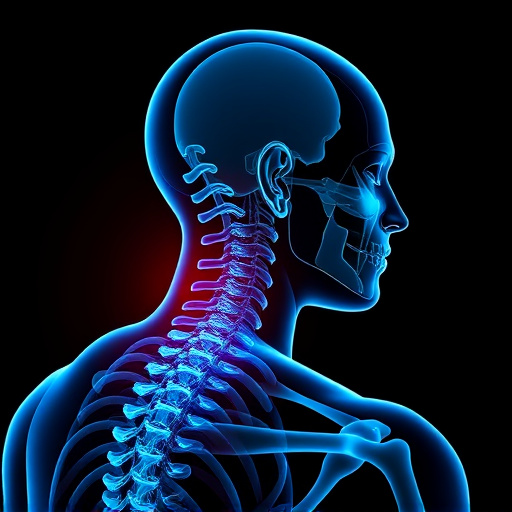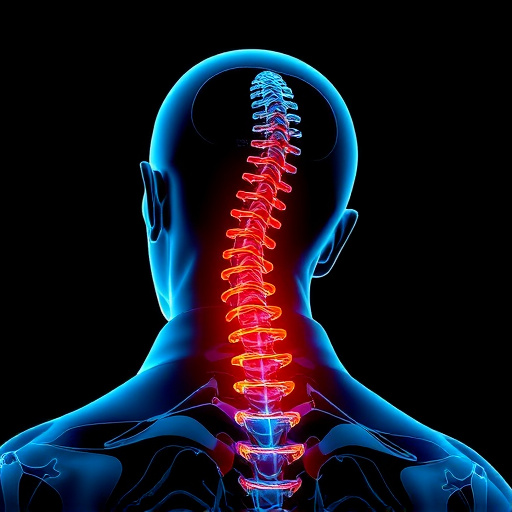Throttle Body Adaptation Reset (TBAR) is a process that optimizes engine performance by recalibrating the throttle body, ensuring precise fuel-air mixture delivery. Modern engines' sophisticated Engine Control Units (ECUs) adjust intake parameters based on conditions and driving patterns over time, potentially deviating from original specifications, impacting efficiency and performance. TBAR uses advanced diagnostic tools to reset throttle body settings, correcting discrepancies and improving throttle response, fuel economy, and overall engine performance. This process is crucial for maintaining optimal engine computer adjustments for intakes, ensuring baseline performance, responsiveness, and adherence to environmental standards. Benefits include reduced fuel consumption and restored vehicle performance after issues like sensor malfunctions or poor maintenance.
Throttle Body Adaptation Reset (TBBR): Unlocking Engine Performance
Throttle Body Adaptation Reset, or TBBR, is a powerful technique to enhance your vehicle’s performance. This process involves resetting the throttle body and engine computer, specifically adjusting intake settings. By optimizing these parameters, TBBR can improve engine efficiency, responsiveness, and power output. The following guide delves into the mechanics behind TBBR, explores its practical applications, and highlights the benefits of this innovative approach to vehicle tuning, focusing on crucial aspects like engine computer adjustments for intakes.
- Understanding Throttle Body Adaptation Reset: A Basic Guide
- Engine Computer Adjustments for Intakes: The Role in TBBR
- Practical Applications and Benefits of Throttle Body Reset
Understanding Throttle Body Adaptation Reset: A Basic Guide

Throttle Body Adaptation Reset (TBAR) is a process that involves recalibrating the throttle body, which plays a crucial role in an engine’s performance. It’s essential to understand that modern engines rely on sophisticated engine computers for precise adjustments, especially when it comes to intakes. These computers constantly monitor and adjust various parameters to ensure optimal fuel-air mixture delivery. Over time, factors like environmental conditions, driving patterns, and routine maintenance can cause slight deviations in these adjustments, leading to reduced engine performance or efficiency.
This reset procedure is designed to correct such discrepancies by resetting the throttle body settings to their original specifications. It involves advanced diagnostic tools that communicate with the engine computer, identifying any anomalies and making the necessary changes. By performing a TBAR, vehicle owners can expect improved throttle response, enhanced fuel economy, and overall better engine performance, ensuring their vehicles run at peak efficiency.
Engine Computer Adjustments for Intakes: The Role in TBBR

In the realm of throttle body adaptation reset (TBBR), engine computer adjustments for intakes play a pivotal role. The engine computer, also known as the ECU (Engine Control Unit), is responsible for managing and optimizing various aspects of an internal combustion engine’s performance. When it comes to intakes, the ECU adjusts air/fuel ratios, valve timing, and other parameters based on data from sensors like oxygen sensors, throttle position sensors, and manifold pressure sensors. These adjustments are crucial in ensuring that the engine operates efficiently and emits minimal pollutants during various driving conditions.
By continuously monitoring and fine-tuning these intake-related settings, the ECU enables the engine to deliver optimal power output while maintaining fuel efficiency. In the context of TBBR, where the throttle body is reset to its original specifications, proper engine computer adjustments for intakes are even more critical. This process ensures that the engine returns to its baseline performance and emissions levels, providing a reliable and responsive driving experience without compromising environmental standards.
Practical Applications and Benefits of Throttle Body Reset

Throttle body adaptation reset, also known as TB reset, is a powerful tool that offers practical applications and significant benefits in various driving scenarios. By performing this reset, the engine computer adjustments for intakes are optimized, leading to enhanced performance and fuel efficiency. This process involves reinitializing the throttle body sensor’s learning process, ensuring it accurately tracks and responds to driver inputs, resulting in smoother acceleration and improved overall engine response.
One of the key advantages is the potential reduction in fuel consumption. A calibrated throttle body ensures optimal air-fuel mixture delivery, leading to more efficient combustion. This efficiency translates into better mileage per gallon, making it an attractive option for eco-conscious drivers. Additionally, TB reset can help restore a vehicle’s performance after certain issues like sensor malfunction or poor maintenance, providing a fresh start while fine-tuning the engine’s behavior for optimal driving experience.
Throttle body adaptation reset (TBBR) offers significant advantages for vehicle performance. By understanding and implementing engine computer adjustments for intakes, drivers can experience improved throttle response, increased fuel efficiency, and enhanced overall driving dynamics. The practical applications of TBBR are vast, from everyday commuting to track days, making it a valuable tool for any automotive enthusiast.














